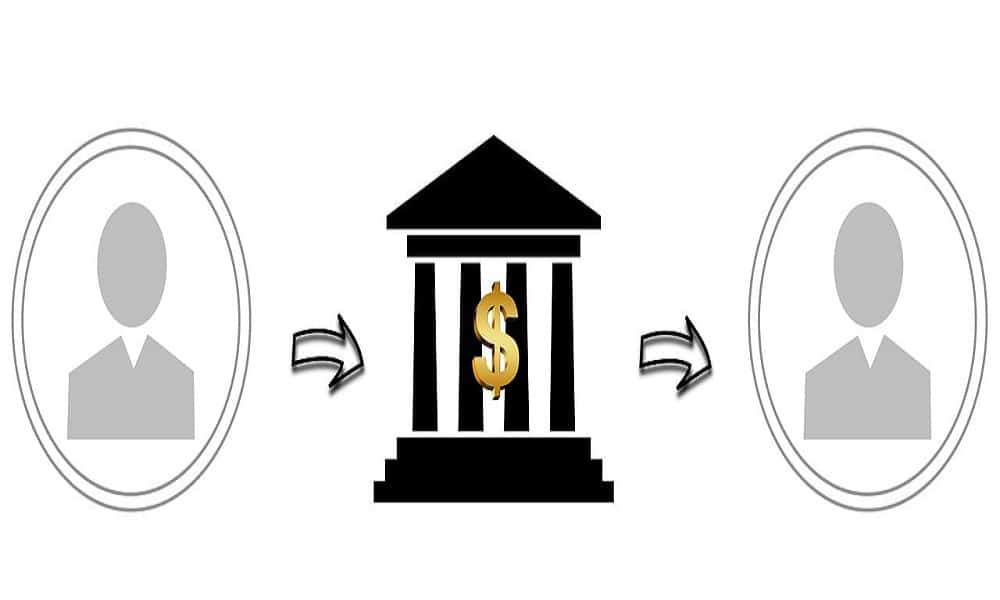Sending money across borders used to be slow, expensive, and full of red tape. But today, technology is changing that—and fast. In just the past few years, we’ve seen huge changes in how people and businesses move money around the world. The future of cross-border payments is all about speed, transparency, and accessibility, and it’s already starting to take shape. From the rise of fintech disruptors to the growing use of decentralized finance solutions, the transformation is happening on multiple fronts at once.
One of the key improvements is how easy it has become for people to send money to their families or business partners overseas. If you’re looking for the best way to transfer money to India from the USA, you now have a range of digital options that are faster and cheaper than traditional banks. This is just one example of how innovation is breaking down old barriers and making global transactions feel local. This democratization of financial services has also opened up opportunities for small businesses, entrepreneurs, and remote workers, enabling them to participate in the global economy like never before.
Digital Wallets and Mobile Apps Are Leading the Way
Gone are the days of waiting in line at a bank or filling out long forms just to wire money. Mobile payment apps and digital wallets have made international transfers as easy as sending a text. Companies like Wise, Revolut, Ria Money and Remitly allow users to send money globally in minutes. Many of these platforms use real exchange rates, which helps users save more on every transaction.
These tools are especially helpful for migrant workers and freelancers who need to send or receive money regularly. With just a smartphone and internet connection, users can transfer money with a few taps. This shift toward mobile-first payments is expected to grow, especially in emerging markets. In places where access to traditional financial institutions is limited, mobile payments are bridging the gap, offering financial inclusion to millions. Even governments and NGOs are leveraging these tools for aid distribution and social support programs.
Blockchain and Crypto Are Disrupting the Space
Blockchain technology is another game-changer. It allows for secure, transparent, and instant transactions without needing a middleman. Cryptocurrencies like Bitcoin, Ethereum, and stablecoins are increasingly used to transfer funds internationally. While they’re not perfect for everyone—volatility and regulation are still issues—they offer a glimpse into the future of faster and cheaper global payments.
Stablecoins, which are digital currencies tied to traditional money like the U.S. dollar, are becoming more popular for cross-border use. They offer the benefits of crypto without wild price swings. Some fintech startups are even building services around stablecoins to make international money movement more seamless. Companies are now experimenting with hybrid systems that combine blockchain technology with traditional rails, ensuring compliance while boosting speed and security. Central bank digital currencies (CBDCs) are also in development, which may one day enable cross-border transfers backed by sovereign governments.
Real-Time Payments Are Becoming the Norm
One of the biggest trends in cross-border payments is real-time processing. That means no more waiting days for money to clear. Systems like India’s UPI or Brazil’s PIX are setting examples for how countries can make payments instant and frictionless. As more countries adopt similar systems, it’s only a matter of time before cross-border transfers become just as fast. The push toward 24/7 settlement systems is gaining momentum globally, with new frameworks being tested across Asia, Africa, and the Middle East.
Some international banks and payment providers are partnering to link their systems together. This cooperation allows users in one country to send money to another with the same ease as a domestic transfer. It’s not fully global yet, but progress is happening quickly. Initiatives like SWIFT’s GPI (Global Payments Innovation) and BIS Innovation Hub’s Nexus project aim to build a global network of interoperable payment systems, removing friction from cross-border transactions.
Regulation Is Catching Up
As the technology moves forward, so does regulation. Governments and international organizations are working to set new standards for cross-border payments. Their goal is to fight fraud and secure money transfers, while still supporting innovation. These new rules are also pushing financial institutions to be more transparent about fees and exchange rates. Regulators are increasingly collaborating across borders to ensure that innovations don’t outpace safety measures. Anti-money laundering (AML) and know-your-customer (KYC) protocols are being enhanced with advanced analytics and AI tools.
The right balance between regulation and innovation will be key. Too many rules can slow things down. Too few can put users at risk. But when done right, it can help build trust and create a fairer, safer financial system for everyone. Ultimately, coordinated oversight will be essential to building global confidence in the next generation of payment solutions.
What’s Next?
Looking ahead, we’ll likely see more partnerships between banks, fintech startups, and even tech giants. Artificial intelligence and machine learning will make fraud detection smarter. APIs and open banking will let more services plug into each other easily. And for everyday people, sending money overseas will feel just like Venmo or Cash App—fast, cheap, and stress-free. We may even see biometric authentication and voice-based commands integrated into payment systems, reducing friction and enhancing security for users worldwide.
The future of cross-border payments is bright. With the right tools and continued progress, moving money around the world will become just another part of daily life—simple, secure, and instant. As innovation accelerates and barriers continue to fall, the idea of “international” payments may eventually disappear altogether, blending seamlessly into our digital experiences.


